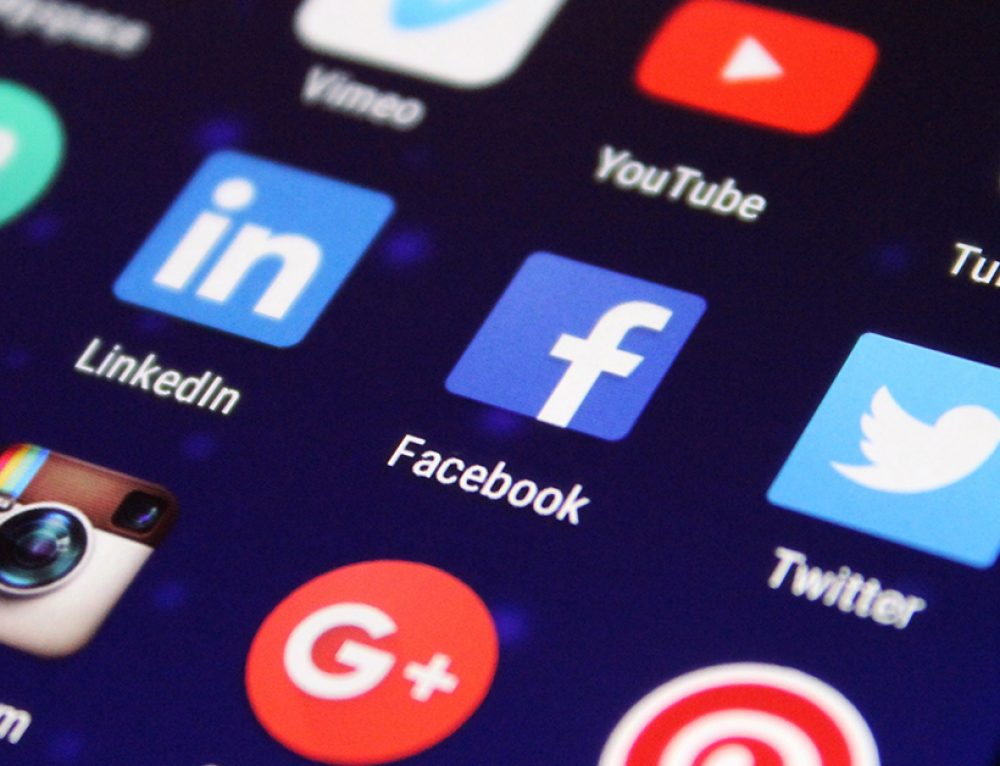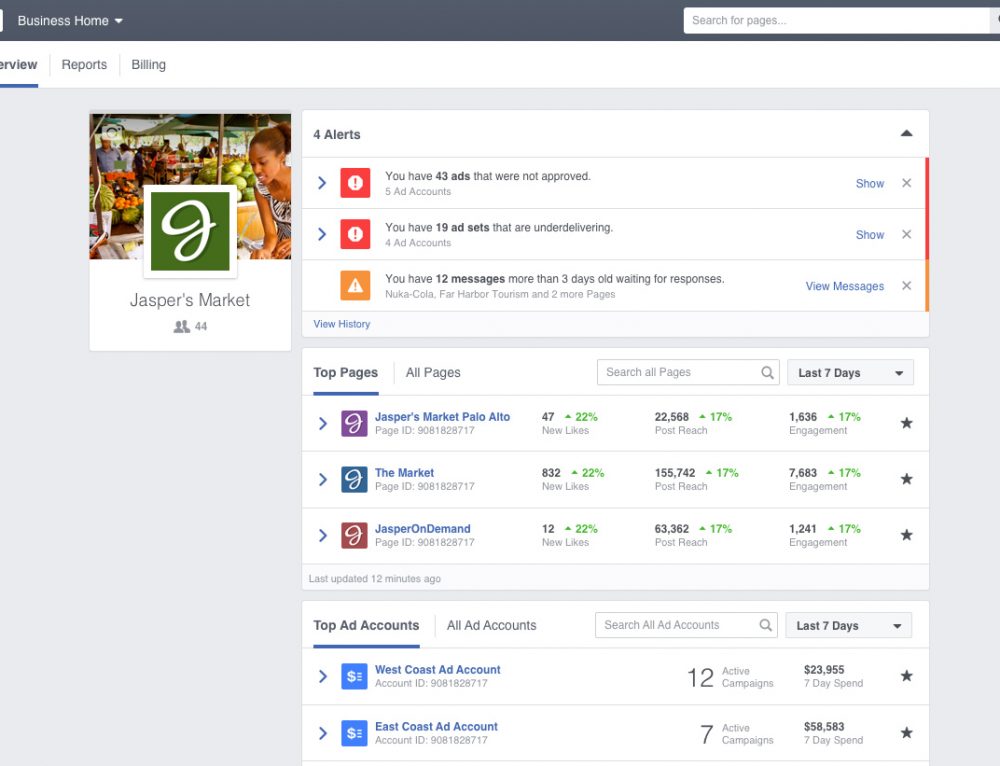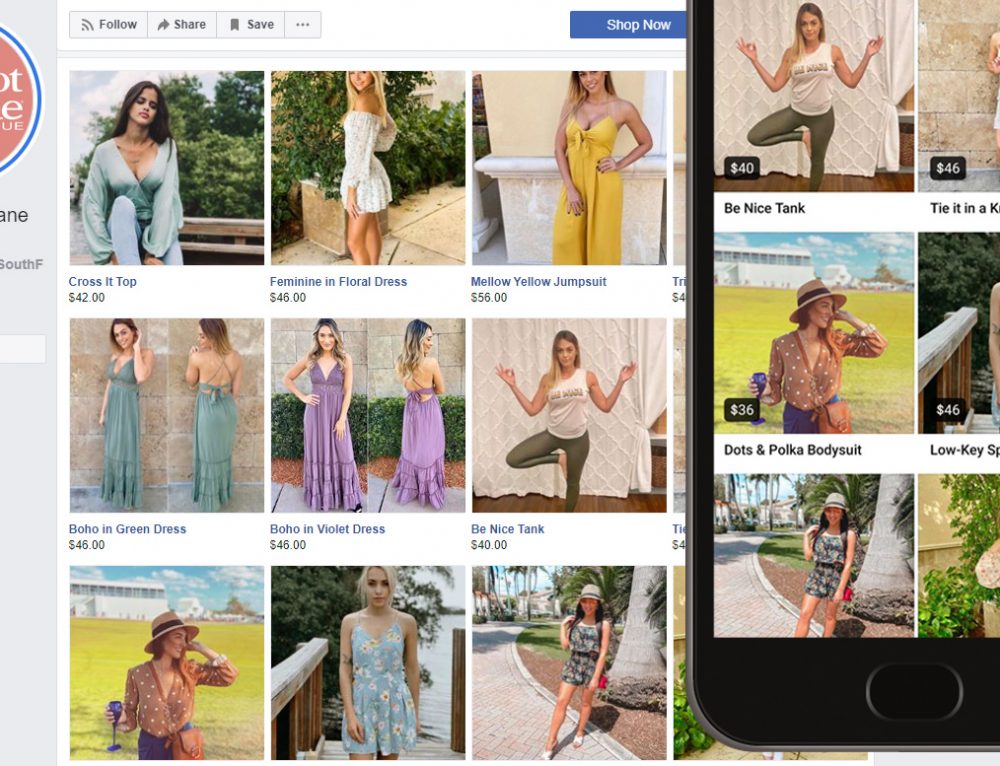
A strong online presence is crucial for success today, regardless of how well-known your franchise is or how many states you have locations in. As Utah United puts it, “The online presence of a business of any size today is a key determinant of its success”. Making sure you view the link to make sure customers are happy is key to a franchise, that not only means making sure marketing is always current, but that software is always updated. Using companies such as Revel Systems to help achieve this will set them on the best path.
But you don’t have to be a global hospitality chain to have a killer online presence. Even the smallest venues can use marketing techniques like using video to advertise hotel properties for one example, in order to thrive. Here are 15 franchises, big and small, that do a great job of promoting themselves online.
Dunkin’
Dunkin’ has an awesome social presence across virtually every social media platform you can think of. Yes, including TikTok. Actually, TikTok can be a great platform to boost your brand, especially if you use one of the 26+ Best TikTok Followers Apps to increase your audience.
One of the reasons for Dunkin’s cross-platform success is that it gives each channel a specific role, says Melanie Cohn, Senior Manager of Brand Engagement. “For instance, Facebook is our core video platform where our biggest news lives and where we go live to showcase behind-the-scenes happenings, whereas Twitter is our chance to speak to fans 1:1.
“For each channel, we have a defined approach which helps us focus our creative ideas and go all-in on specific platforms versus trying to make one piece work everywhere.”
Takeaway: Make sure you know what you want to achieve from each platform.
Nando’s
Peri-peri chicken chain Nando’s is now a global brand. But it does a fantastic job of segmenting its social channels by location to remain as relevant as possible.
The UK Twitter page is constantly churning out funny, topical content and brand-themed competitions, as Brandwatch’s Chelsea Fear reports. So much so that the brand’s UK Twitter account has a whopping 1.4 million followers. For comparison, McDonald’s UK Twitter account has just 214,000 followers.
Takeaway: Create location-specific social media pages so marketing efforts stay focused and relevant.
Applebee’s
Every restaurant owner understands the importance of image-led social platforms like Instagram. But while some brands stop at taking photos of their own food, Applebee’s was quick to understand the power of user-generated content.
In a bid to grow its Instagram account and promote the brand, Applebee’s ran a “Fantographer” campaign that encouraged customers to upload pictures of their food to Facebook. The restaurant then posted the best photos to its Instagram account.
It payed off big time, writes former Adweek reporter Lauren Johnson. In the months following the campaign’s launch, the restaurant gained almost 5,000 new followers and saw engagement rise by 25 percent.
Takeaway: Don’t just post your own photos to social media. Your audience might find user-generated content more authentic and interesting.
InterContinental Hotels
The travel industry is one of the most competitive on the planet. Even big brands struggle to cut through the noise and be heard by potential customers. That’s what makes InterContinental Hotels’ foray into the world of podcasting so clever.
While the internet is overflowing with travel blogs and videos, podcasting is very much a new world. InterContinental’s podcast, Stories of the InterContinental Life, gives listeners a new perspective on common destinations through local stories from artists, chefs and authors.
“The aim is to encourage listeners to go on their own travels, all the while driving consideration to its hotels,” writes Econsultancy’s Nikki Gilliland. InterContinental has also created a supporting microsite with additional content.
Takeaway: If one digital medium is saturated, try something new.

Hyatt
Hyatt is another brand that has focused on user-generated content to fuel its social media strategy. But Hyatt didn’t stop with social.
#InAHyattWorld started out as a way for hotel staff to showcase the brand’s “spirit of hospitality,” writes GuestRevu’s Sarah Came. But it soon spread across several social media platforms and became a way for guests to showcase their own Hyatt experiences.
The campaign became so successful that the Hyatt team created a separate microsite that allowed users to search and filter posts, as well as book their own Hyatt experience then and there.
Takeaway: Don’t be afraid of running cross-platform social campaigns, especially if you see traction.
Yogi Bear’s Jellystone Park Camp-Resorts
User-generated content can come in a whole host of forms. Pictures are clearly a great choice, but they don’t work for every brand. So, when Yogi Bear’s Jellystone Park Camp-Resorts wanted to grow their following and boost engagement, they had users submit their own camping hacks for a chance to win an all-inclusive, weeklong trip to any resort.
The campaign garnered a lot of attention, bringing 36,000 visitors to the brand’s website and generated more than 9,000 submissions, says Jim Westover, VP of product development and sales. Data from the competition has also influenced future marketing campaigns, with much more emphasis placed on Facebook as a result.
Takeaway: User-generated content doesn’t have to mean photos. There are plenty of ways to encourage content that fits your brand.
Buffalo Wild Wings
You don’t have to grow a social following to build your online presence. Sometimes, all you need to do is make it easier for customers to interact with your brand online.
That’s exactly what Buffalo Wild Wings did when they redesigned their website. The goal was to make it even easier for fans to find their nearest location and order online.
The new website achieves several things, says Brooks Goldade, the company’s former director of digital experience. It brings the in-house experience of Buffalo Wild Wing online while providing a more personalized experience that helps fans find local franchises more easily.
Takeaway: Don’t forget to optimize your website as well as your social following.
YO! Sushi
Global sushi chain YO! Sushi understands that to grow a remarkable online presence, brands have to play to the strengths of each platform, as Fundera’s Brian O’Connor writes.
YO! Sushi’s Facebook page is an excellent example of this. The brand uses its Facebook page for all company-related news – such as opening a new location – as well as seasonal and menu promotions. This wouldn’t work on more restrictive platforms like Instagram or Twitter, but Facebook offers the perfect way to deliver longer-form content to hungry customers.
Takeaway: Give every social media platform a specific purpose.
Wendy’s
Wendy’s is hands down the queen of brands when it comes to Twitter. One of the reasons for this, writes Unmetric’s Kavya Ravi, is the way the company interacts with other brands on the platform.
Wendy’s engages in friendly banter with almost every other fast food competitor. In the past, this has included roasting McDonald’s for using frozen beef and getting into a rap battle with Wingstop.
Customers know that if they want entertainment, Wendy’s is the brand to follow.
Takeaway: Your social media efforts don’t have to exist in a bubble. Engaging other brands can be a great way to boost your exposure.
16 Handles
Coupons are a great way to drive sales to particular franchise locations. But they are also a great way to grow your social media following and increase customer engagement.
That’s what 16 Handles found when they started using Snapchat to send coupons to customers, Single Grain’s Eric Siu writes.
“The yogurt company earned new customers by promoting specific store locations and times, and when people snapped photos of themselves or their friends eating 16 Handles yogurt, they instantly received a coupon code for between 16% and 100% off. The catch: They only had 10 seconds to show the cashier.”
Takeaway: Think about ways you can put a digital twist on traditional marketing tactics.

Taco Bell
Emojis have become a staple of social media and online messaging. They are a fantastic and creative way for brands to engage audiences – at least that’s the case if you have an emoji that represents your brand.
Early on, Pizza Hut had the pizza emoji and McDonald’s had the burger emoji, Taco Bell didn’t have anything. So, Taco Bell did the only natural thing, Econsultancy’s Ben Davis says. It lobbied for a taco emoji of its own – and it won.
It then followed up this success with a taco emoji engine that created custom video content for customers who tweeted using the new emoji.
Takeaway: Think about creative ways you can use messaging to engage with customers.
Olive Garden
You don’t have to create a microsite or run a competition to have a great online presence. “Sometimes a straight-forward strategy is the best strategy,” explains Christina Mueller, writing on the Lunch Rush blog.
That’s exactly the approach Olive Garden takes.
By having franchisees create their own Facebook pages, Olive Garden is able to saturate Facebook and deliver exactly the kind of content that customers want. Franchise pages post information specific to the restaurant, such as events and specials, while the corporate page showcases the menu.
Takeaway: You don’t have to go overboard on social media to have a great presence.
Pieology
Pieology is another brand that leverages user-generated content to great effect. When customers use the #MyPieology, they stand a chance of having their content featured on the brand’s main social pages, says Toast’s Kendal Austin.
What’s interesting about Pieology’s approach to user-generated content is the company runs this strategy on almost every channel, not just Instagram. This helps boost exposure and increase engagement levels even more. It also means that customers aren’t left out if they don’t have a particular social media account.
Takeaway: Consider running user-generated content campaigns across all social profiles.
Wingstop
You definitely don’t have to be a big brand to have amazing social media engagement. Take Wingstop, a chicken wing chain with 650 stores across the country.
Writing at Inc., Ekaterina Walter notes that while the company only has about a million followers across all social networks, it has a fantastic engagement ratio of 30 percent. McDonalds, in comparison, has a 2-percent engagement rate.
Wingstop achieves this level of engagement because the company knows its customers better and can deliver more targeted content. But they can also spend more time building relationships with individual customers and the wider local community.
Takeaway: Use your size as a strength. A smaller following can be an opportunity to build stronger relationships.
Firehouse Subs
Part of growing an online presence is engaging with other digital influencers.
Building a rapport with online bloggers allowed Firehouse Subs to quickly gain exposure as it entered new markets, writes Axia’s Paul R. Witkowski. In order to introduce the brand to local influencers, Firehouse held Blogger Dinners, a tasting session to which they invited influential local bloggers.
This allowed the company to quickly get the word out about their restaurant and their food through people the community already knew and trusted.
Takeaway: Use local influencers to gain exposure as you enter new markets.
What’s holding your hospitality franchise back from making a similar mark online? Whatever your business, there’s nothing stopping your brand from taking steps to grow its online presence today.
Images by Eaters Collective, Jakob Owens, Krisztian Tabori





